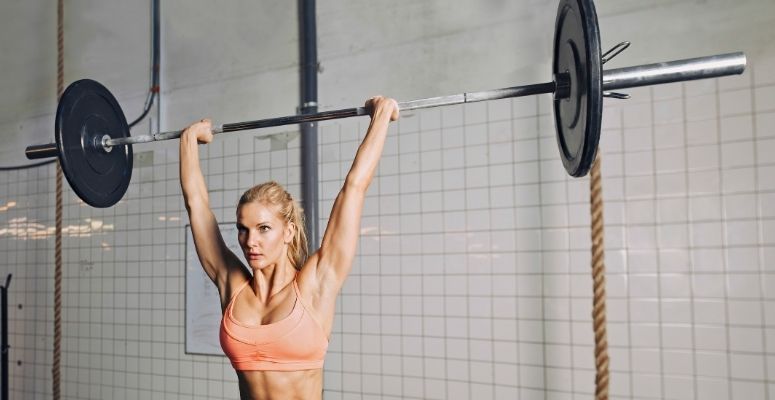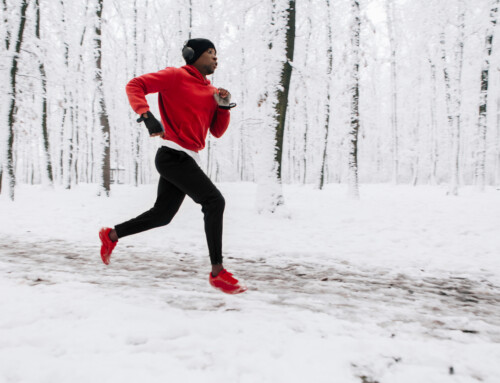by Sarah Clift, SPT
The Shoulder (Glenohumeral Joint)
The shoulder is the most mobile joint of the human body, making shoulder health in the overhead athlete a priority. It provides the upper extremity with the following ranges of motion:
- flexion
- extension
- adduction
- abduction
- internal rotation
- external rotation
It is also involved with scapular: protraction, retraction, elevation, and depression.
The structure of a joint dictates its function. There is an inverse relationship between mobility and stability. Since the shoulder is the most mobile joint, it is also considered to be the most unstable. The surrounding musculature of the rotator cuff, tendons, ligaments and labrum are essential in providing the shoulder with stability. In order for healthy movement to occur, the motions of the shoulder, spine, and upper extremity must be in sync.
The Breakdown of Overhead Stability
Overhead stability requires the combination of range of motion, stability, strength and power. If there is a deficit in any of the areas, then the athlete’s body will compensate to achieve the given movement. This compensation limits athletic potential and presents the risk of injury. In order to maintain optimal overhead stability, the following must be achieved:
Lumbar Spine Control: A neutral lumbar spine should be present during overhead movements to promote stabilization. Poor lumbar spine control will promote the following compensation: excessive extension (arching) of the low back and rib flare to achieve a false sense of shoulder elevation.
Thoracic Spine Mobility: Appropriate thoracic spine extension is necessary for efficient shoulder elevation and scapular motion. Impaired thoracic mobility limits shoulder range of motion.
Scapular Control: The muscles surrounding the shoulder blade allow the scapula to provide proximal stabilization and initiate movement. Impaired scapular control will force the more distal shoulder and arm muscles to compensate by taking on more of the load.
Shoulder Mobility: Appropriate shoulder range of motion protects other areas of the body from compensating and causing unnecessary strain to achieve a movement. In healthy athletes, restricted shoulder mobility is commonly influenced by impaired soft tissue flexibility. Soft tissue work and stretching are beneficial.
Shoulder Strength: Ensuring there are no muscular imbalances promote healthy shoulder mechanics. Periscapular and shoulder strengthening are necessary components in maintaining shoulder health.
Physical Therapy for Shoulder Health:
Our physical therapists will provide a thorough examination assessing: lumbar and thoracic spinal mechanics, scapular control, and shoulder range of motion/strength. The physical therapist may perform soft tissue work and the necessary joint mobilizations to enhance joint mechanics and range of motion. Patients will be prescribed exercises aimed to improve strength, motor control, and mobility of the upper extremity.
Contact Capital Area Physical Therapy at (518) 289-5242 for more information on a number of strategies and techniques on how to enhance your shoulder health.







